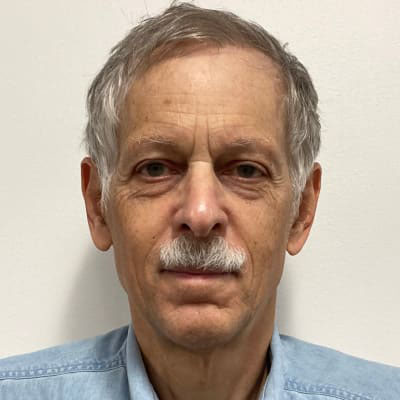Prize Recipient

Eric D. Siggia
Rockefeller University
Citation:"For powerful theoretical approaches to the physics of life and incisive connections between theory and experiment, from the mechanics of DNA to the dynamics of genetic networks, and from noise in gene expression to pattern formation in embryos and populations of stem cells."
Background:Eric D. Siggia received his AB from Harvard College in physics in 1971 and his PhD from Harvard University in 1972 under the supervision of Paul Martin. From 1972-5 he was a Junior Fellow at Harvard and informally a postdoc with Bert Halperin and Pierre Hohenberg at Bell Labs. He was a member of the Physics Department at Cornell University until he moved to Rockefeller University in 1997 as professor and head of laboratory. His physics publications are in the areas of critical dynamics, quantum magnetism, phase separation, fluid turbulence, and the transition to chaos. The move to Rockefeller coincided with a shift to biological problems, specifically single molecule mechanics of DNA, protein trafficking by live cell imaging, bioinformatics of gene regulation, the cell cycle dynamics in budding yeast, and embryonic stem cell models of development. Most recently the mathematics of dynamical systems was applied to classify fate transitions in cells or self-organizing cellular aggregates. Though these problems look very different to a biologist, quantitative theory was possible and a physics perspective and technology brought new insights. Experiments driven by theory are essential and he was fortunate to work with labs for whom collaboration was bi-directional, and who welcomed many physics trainees who made the jump from theory to experiment. Siggia is a member of the US National Academy of Sciences and a fellow of the APS.
